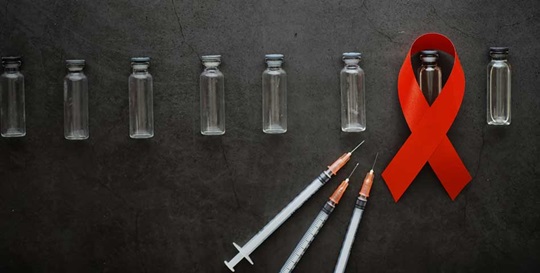Human Immunodeficiency Virus (HIV) is the causal agent of the condition known as Acquired Immunodeficiency Syndrome (AIDS). AIDS represents a spectrum of conditions caused by the HIV virus, either type 1 or type 2, which attacks the immune system itself, thereby making an infected person vulnerable to all manner of infection and illness. Symptoms can be absent or mild initially, making the condition more difficult to detect. Early HIV diagnosis is key to optimal outcomes.
Who is Most at Risk for HIV?
As of 2019, 38 million people were living with HIV1. High-risk scenarios for contamination include illicit, unsafe injection drug use, unprotected sex, unsafe blood transfusions or tissue transplantations. Those most at risk include anyone with a high likelihood of being exposed to the infected blood or bodily fluids of others, including emergency medical professionals and medical patients. The virus can also be transmitted from a mother to her child during pregnancy, delivery, and breastfeeding.
While medical advances over the last two decades have made HIV/AIDS increasingly survivable, early detection remains critical for optimal long-term outcomes. In cases where an individual is exposed and infected without being properly diagnosed, the disease can reach advanced stages, drastically reducing the chance of survival and recovery.
When to Get Tested?
The time to get tested for HIV is as soon as possible after a suspected infection. If blood, objects, or fluid that may contain infected blood has come in contact with a person’s mucous membranes or broken skin, or an event has occurred where foreign blood or bodily fluid may have been mixed with the patient’s – it is time to be tested. There are also recommendations for yearly testing for those at high risk.
Such contact could occur in a hospital setting, at the scene of an accident, after sharing needles, through unsafe blood transfusions, through consumption of breast milk, or through having unprotected sex. According to the WHO, approximately 1.7 million people across the globe were newly infected in 2019, and 38 million are currently living with the virus2.

 English
English





